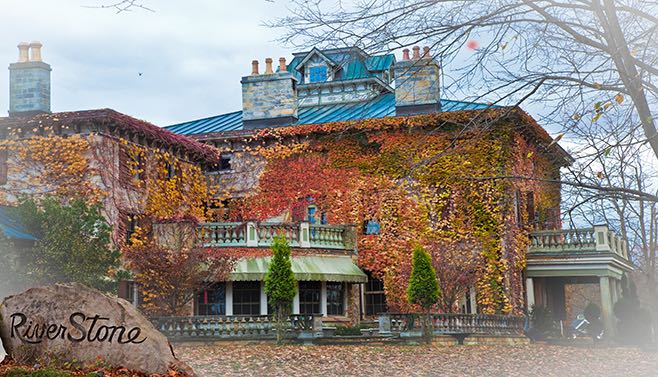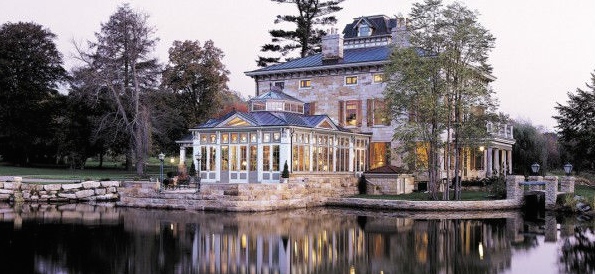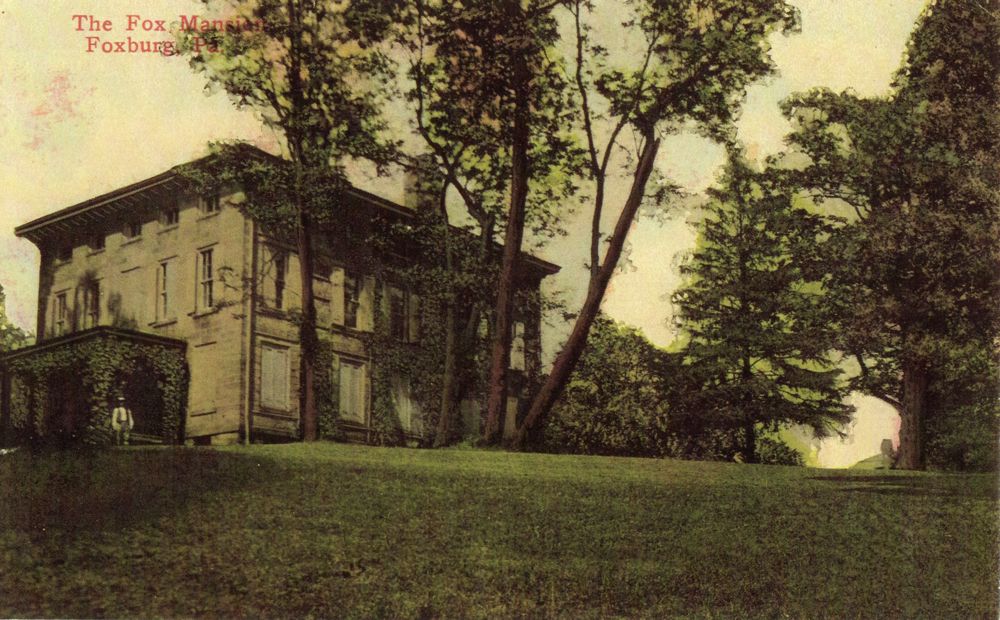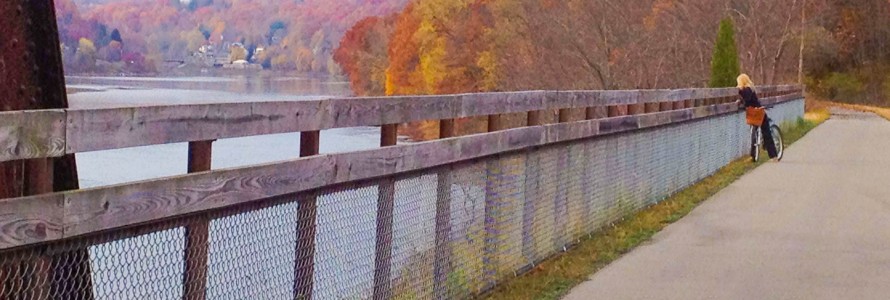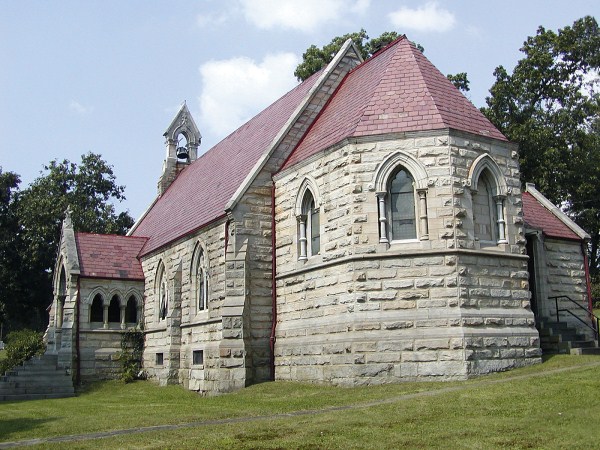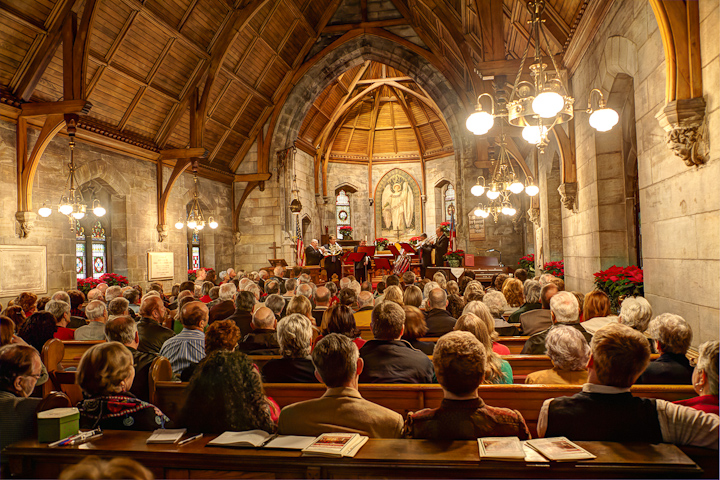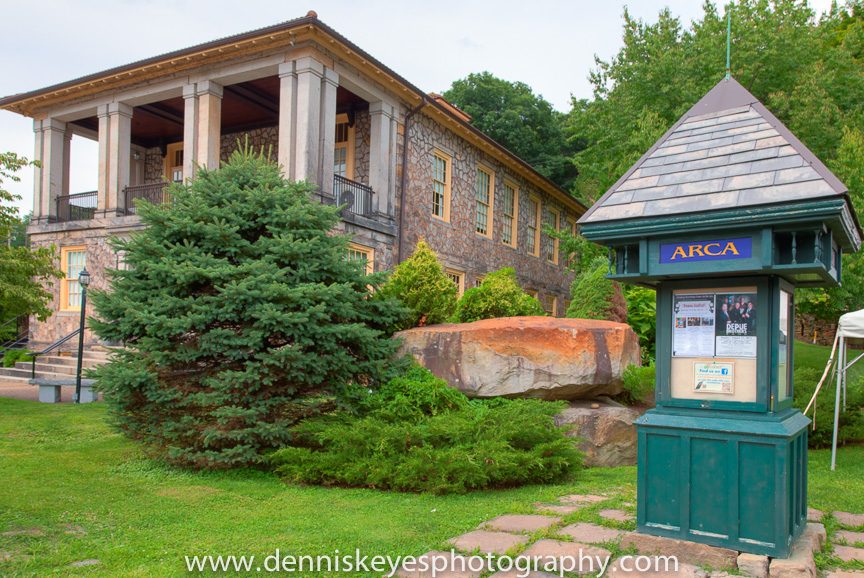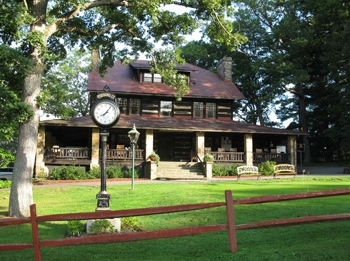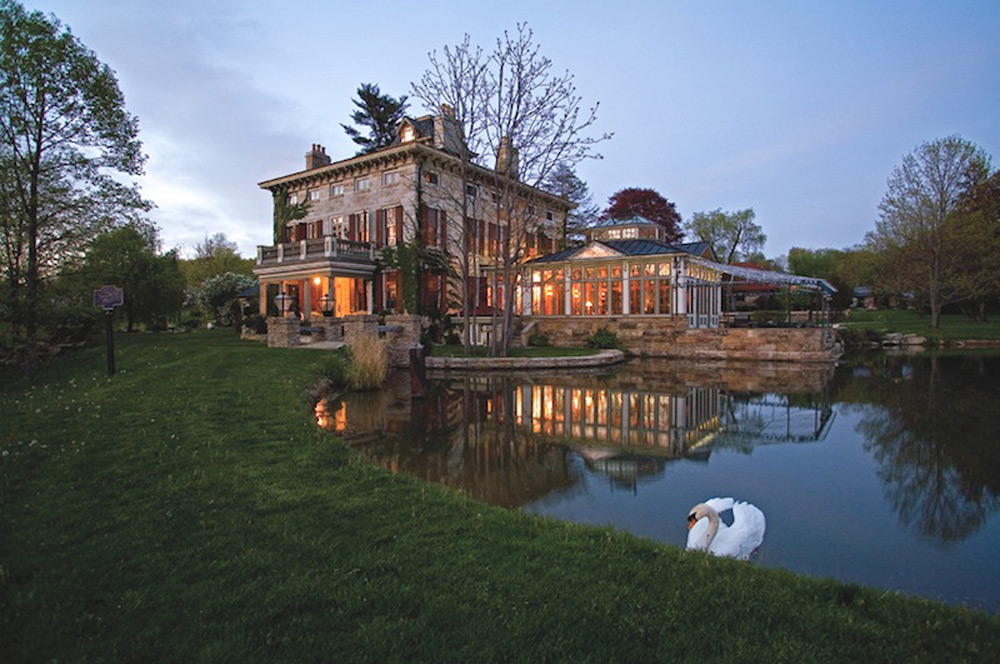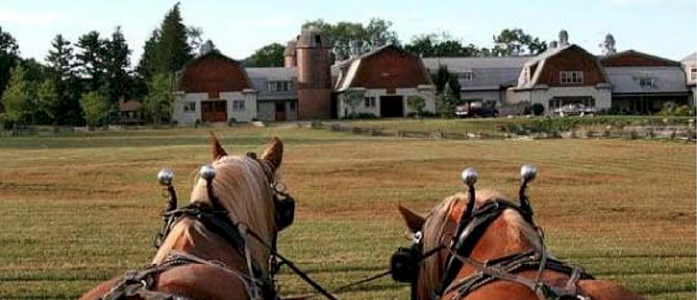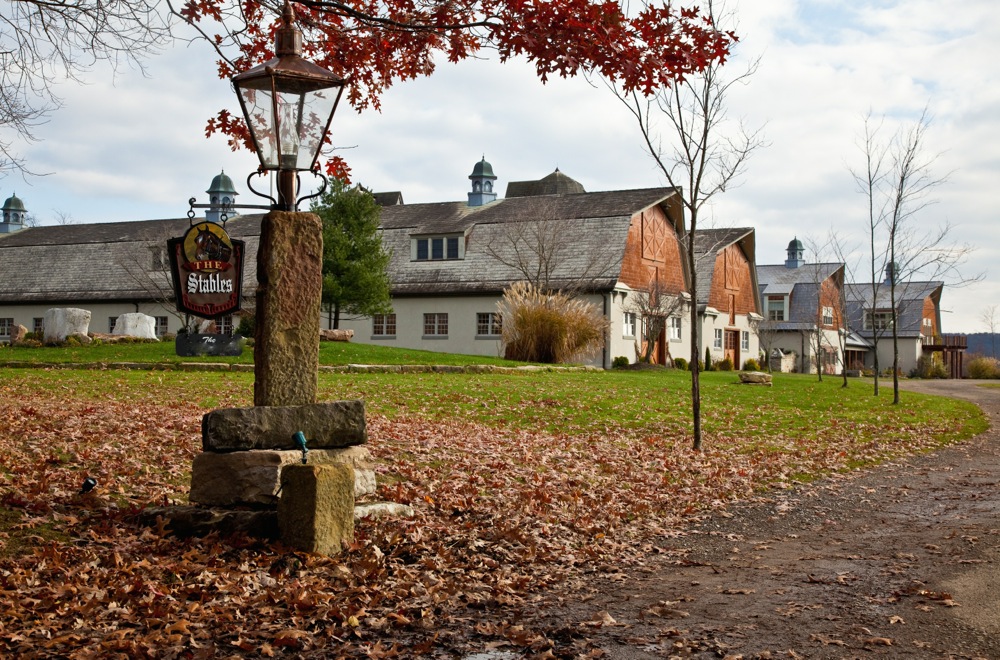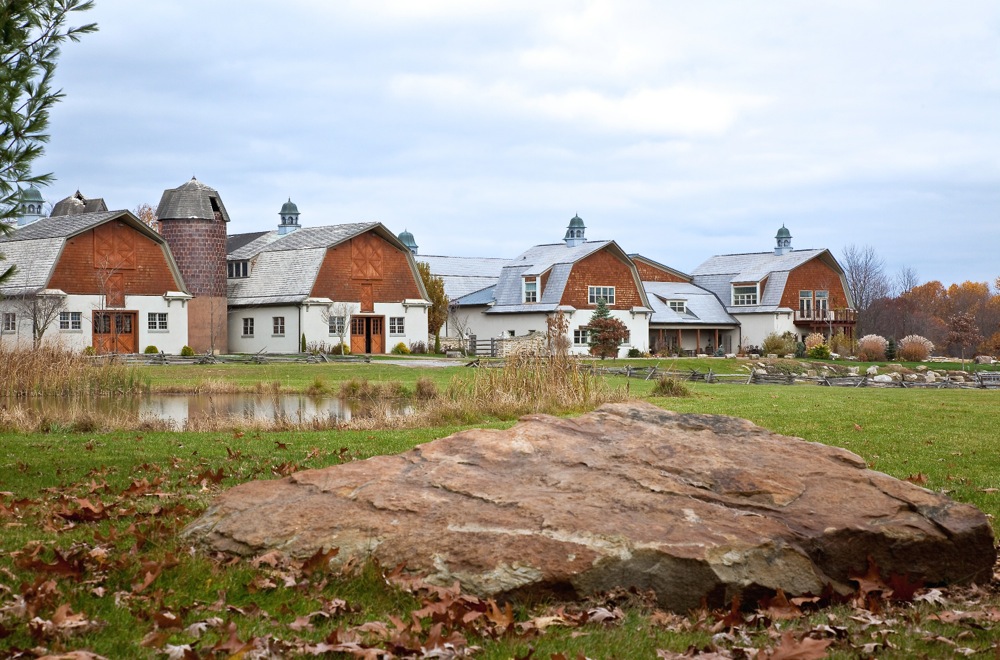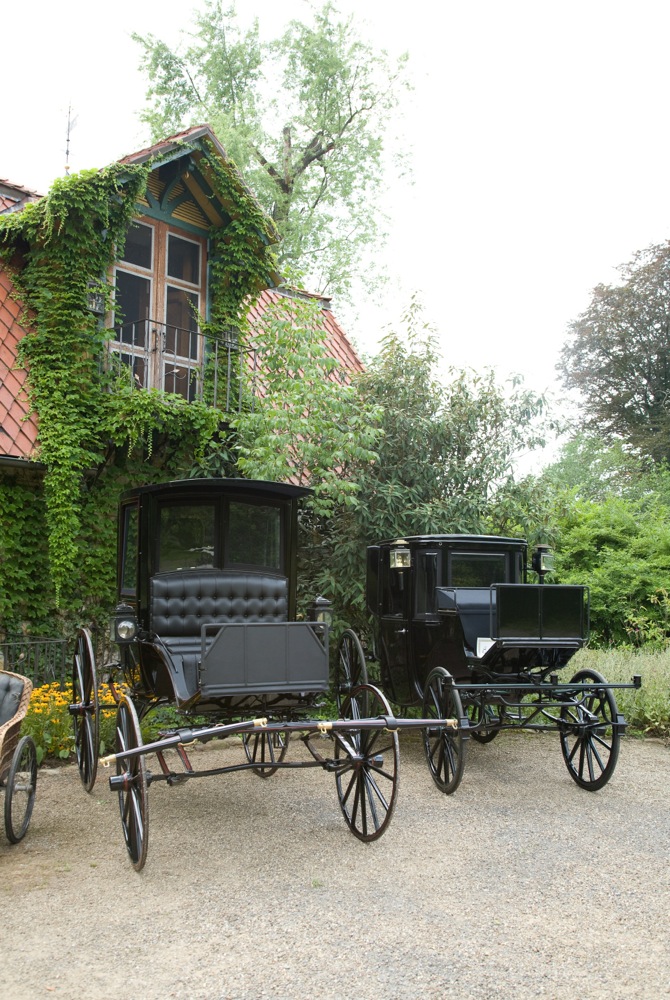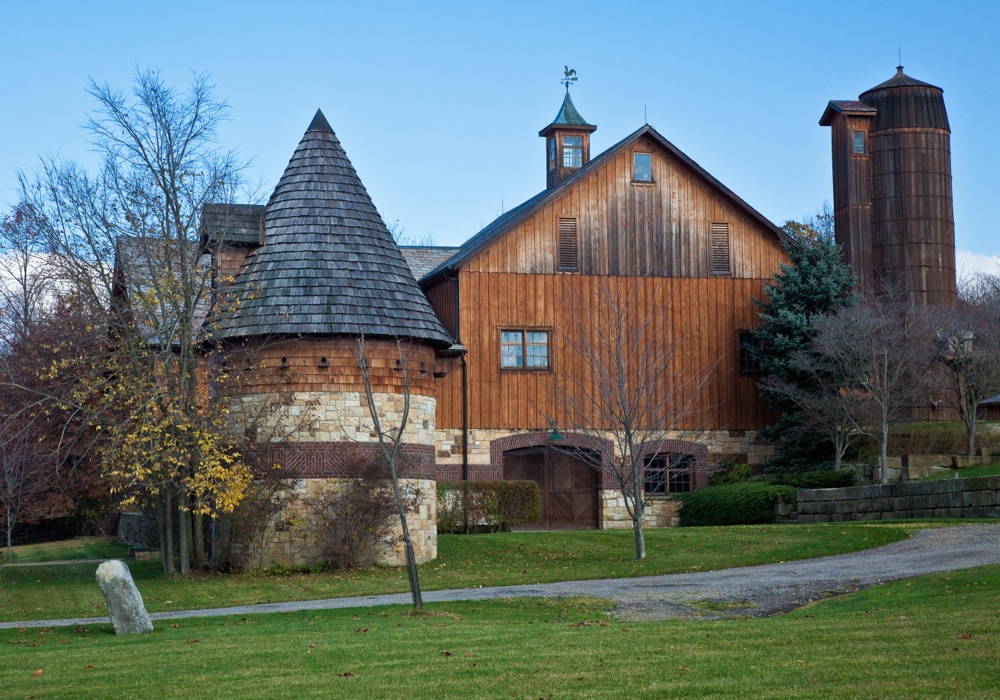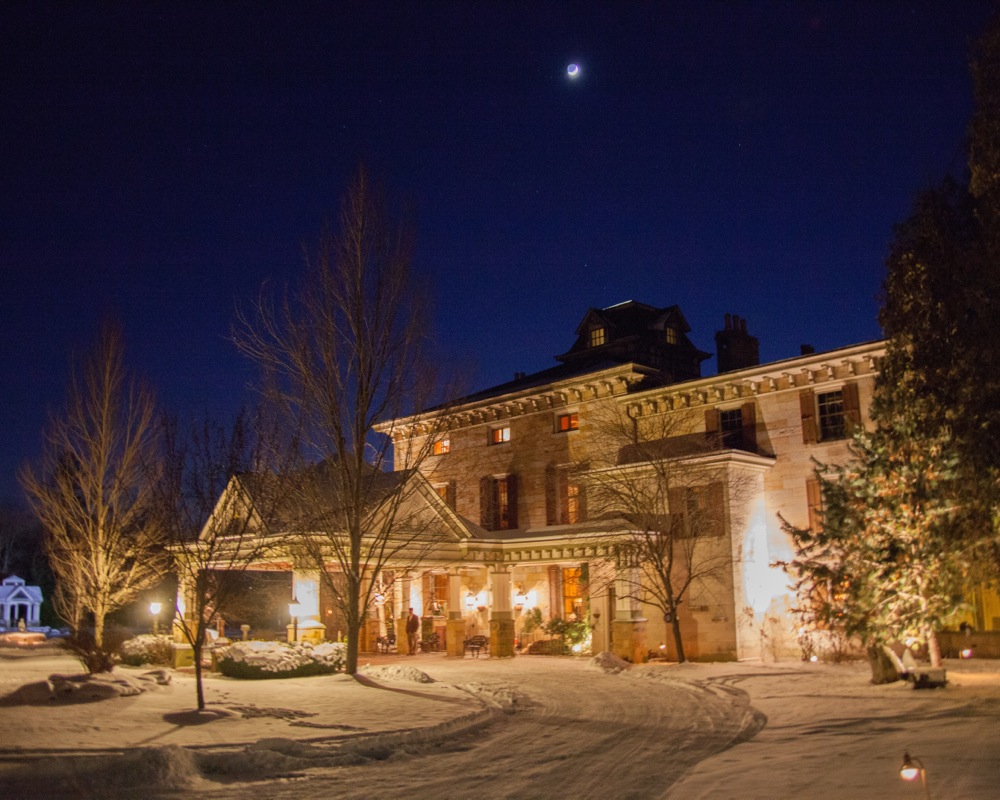One of the largest privately owned estates in Pennsylvania, RiverStone is renowned for its breathtaking views and remarkable craftsmanship. With its rich history and 26 structures, including extensive equestrian facilities, greenhouse, carriage house, aviary, additional residences and event center, the Estate stands as a testament to innovative architectural and historic integrity and is one of the cultural and architectural treasures of western Pennsylvania. For more information, you may visit riverstoneestate.com.
The RiverStone Estate was restored and expanded by Dr. Arthur Steffee and his late wife, Patricia Steffee, who were founding members of Allegheny RiverStone Center for the Arts. Since ARCA’s inception in 2005, the Steffees generously made their stately and scenically beautiful estate available for fund raising House Tours, ARCA major donor dinners and concerts, ARCA membership receptions and picnics, Scottish Festivals and outdoor concerts.
You may Become an ARCA Member or Make a Donation to Allegheny RiverStone Center for the Arts by following the prompts on this site, calling ARCA’s Executive Director John Soroka at (724) 659-3153 or mailing your contribution to ARCA, Post Office Box 215, Foxburg, PA 16036.
The Riverstone Estate was originally owned by the prominent Fox family of Philadelphia, descendants of George Fox, the founder of the Quaker religion. In 1796, Samuel Mickle Fox, along with his brother George and brothers in law Joseph Parker Norris and George Roberts, purchased a number of tracts of land in western Pennsylvania from the Commonwealth. The land warrant was for 6,600 acres located at the Allegheny River north of its confluence with Toby’s Creek, now the Clarion River. The property became known as the Fox Farm.
In 1820, Samuel’s son, Joseph Mickle Fox, married Hannah Emlen and moved to the Clarion County property of his father and began construction of the main stone house. The original mansion was built with cut and squared sandstone from the property and was completed in 1828. In 1845, the Fox family added five feet to the north side of the house and twenty feet to the west side. This west addition provided front rooms to all three floors. In 1877, a north wing was added to the structure and, in 1910, a stairwell section was constructed for this wing. The mansion basically remained in this configuration over the next eighty years.
The Fox family used the property as a summer home, often making the arduous trip from Philadelphia in two weeks. Aside from the mansion, the Fox’s built carriage houses, stables, an ice house, a greenhouse, barns, and a log cabin used as a play area for the Fox children. They enhanced the Estate by retaining Frank Heyling Furness, an acclaimed American architect, to design a signature carriage house in 1876. A greenhouse designed by Lord & Burnham, noted American manufacturers and builders of public conservatories in the United States, also stands the property.
In the early 1900’s the Fox’s brought the first Guernsey dairy cows to the United States and in 1910 built the long two-story dairy barns. The barns were built with a pink colored stucco finish and gable-type roofs and formed a traditional H. The Fox family also added to their holdings and profited from harvesting the timber and later, oil production on the farm. They went on to establish, on the Estate, the first complete arboretum in the Commonwealth and collected specimens of all trees indigenous to the area.
In 1847, the village of Foxburg was established by Joseph M. Fox. A train station, located in the heart of town, which was once serviced by two railroads, provided interest as well as transportation. Both the Allegheny Division of the Pennsylvania Railroad and the Baltimore and Ohio Railroad, were essential to Foxburg and the surrounding area amidst the influx of oil development in Clarion County.
This charming town was once home to a unique two-level railroad bridge, a signature attraction of the town for many years. The distinctive feature of this remarkable structure is that it allowed rail traffic to pass over its top and regular wagon and passenger traffic to pass below. The bridges of Foxburg have changed over the years to accommodate the need for transportation. Most recently, a new Foxburg Bridge was constructed and some of the railroad tracks have been converted to hiking, biking and cross country skiing trails.
Recognized as philanthropists, the Fox family took great interest in the community of Foxburg and built the Memorial Church of Our Father, the Hannah Memorial Library, and the Foxburg Golf Club.
Built by the Fox Family in 1881, after their conversion to the Episcopal faith, the Memorial Church of Our Father was dedicated to the community by Joseph M. Fox in 1882. The design of this beautifully crafted Gothic structure is based on a church Mrs. Fox remembered fondly in England. The masonry stone used to construct this grand Church is native to the area and the painting of the “Angel of the Resurrection” above the alter is the work of a noted artist of the time, Edwin H. Blashfied. The adjacent cemetery is the resting place for some members of the Fox family.
The Memorial Church of Our Father serves as a performance space for the Allegheny RiverStone Center for the Arts’ annual holiday concert performed by the Pittsburgh Symphony Brass.
The Hannah (Fox) Memorial Library, now know as The Foxburg Free Library, was dedicated to the community in 1910. Similar to that of the Fox Mansion, the library is constructed of gray stone from the area. Some of the many ways the library has served the community over the years include providing space for lectures, concerts, plays and events that have contributed to the success of the library as well as the community at large. In 1961, the Foxburg Library Association joined the Clarion County Library District and now serves portions of 4 counties including Clarion, Butler, Armstrong, and Venango. The Library currently has a collection of approximately 4,000 books, journals, audio tapes, and videos.
The second floor of the Library, meticulously reburbished by Dr. Arthur and the late Patricia Steffee together with founding members of ARCA, houses the building’s original performance venue, Lincoln Hall, which serves as the primary performance space for Allegheny RiverStone Center for the Arts. Lincoln Hall provides an intimate environment and warm acoustics for more than 18 concerts a year, seating a maximum of 120 people. The Hall is graced by a seven foot Steinway piano, the McKissick Mighty Wurlitzer Theater Organ and the original hand-painted canvas backdrop of an actual scene downstream on the Allegheny River – lovingly restored by founding ARCA Board members, Andor Paposi-Jobb.
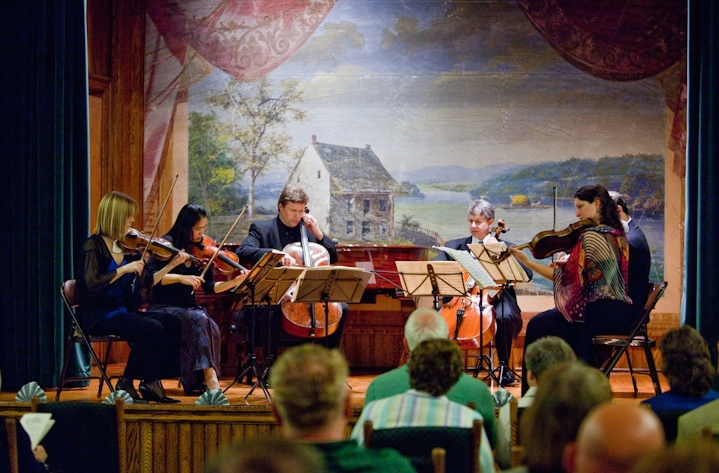
In the summer of 1884, Joseph Mickle Fox returned to the United States after attending cricket tournaments in England and Scotland with a new game . . . golf. He then went on to build a five hole course on the meadows of his families’ estate. With enthusiasm for the game rising, Joseph Fox provided the land upon which to build a nine hole course and in 1887, the Foxburg Golf Club was organized. Still in existence today, The Foxburg County Club is home to the Golf Hall of Fame and continues to be recognized as the oldest continuously operated golf course in the United States.
The Mansion was kept within the Fox family until 1964. The property passed through several owners, including a lumber company until purchased by Dr. Arthur and Patricia Steffee in 1996.
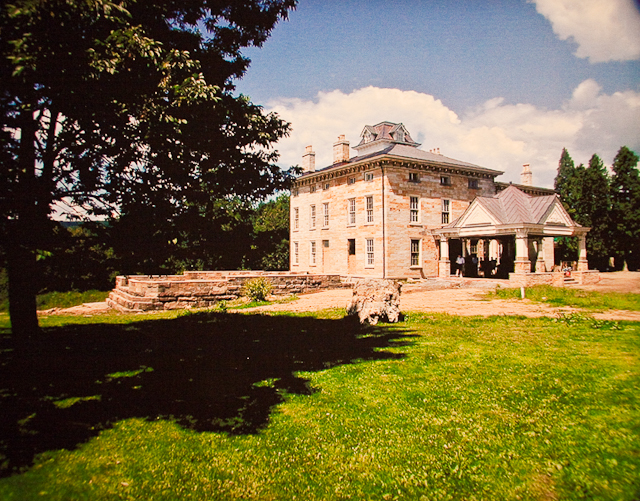
In the following years, the Steffees went on to restore and expand this extraordinary river-front estate known as the Riverstone Estate. The mansion was taken down to the bare stone walls and meticulously renovated by the Steffees, enlarging it to include state of the art amenities and stunning interior and exterior architectural elements.
The original dairy barns were converted for stable horses and then became part of a premier equestrian complex with the addition of an Olympic sized clear span riding arena, two viewing rooms, vet space, horse showers, offices and two attached residences.
One of the H Barns has been converted into an event center used for weddings and for Allegheny RiverStone Center for the Arts’ membership dinners and concerts.
Scottish Festivals were held for five years on the grounds adjacent to the H Barns, from 2013 to 2015 outdoor concerts were presented in the outside arena with a panoramic view of the scenic beauty of the countryside, and in 2016 ARCA’s annual outdoor concert was moved to the grassy field immediately adjacent and west of the H-Barns.
In disrepair at the time of purchase, the Steffees, used old photographs to restore the period carriage house and greenhouse. The Carriage House maintained both exterior and interior features incorporated in the structure by Frank Furness.
The property hosts in addition to the mansion, an extensive equestrian complex, carriage house, greenhouse, gazebo, aviary and additional residences and barns. The beauty and function, of design by Lord & Burnham, was retained in the renovation of the greenhouse. Now comprised of 26 structures, the RiverStone Estate stands as a testament to innovative architectural and historic integrity.
In 2020, Dr. Arthur Steffee sold Riverstone Estate to it new owners, who have graciously and generously made the estate and H-Barns available to Allegheny RiverStone Center for the Arts for its annual August outdoor concert and membership picnic.
Contemporary photos on this page of RiverStone mansion, H Barns and outbuildings as well as interior photos performance photos in Lincoln Hall and The Memorial Church of our Father are by Dennis Keyes, denniskeyesphotography.com.

